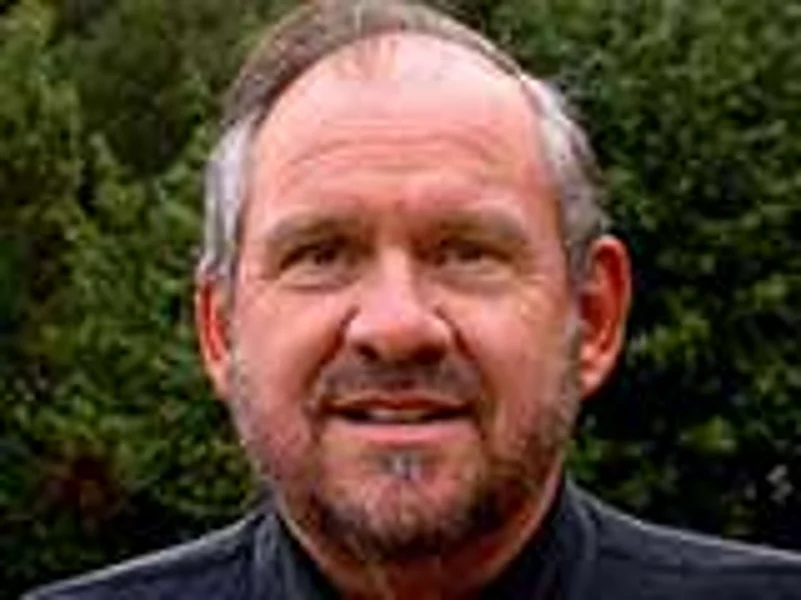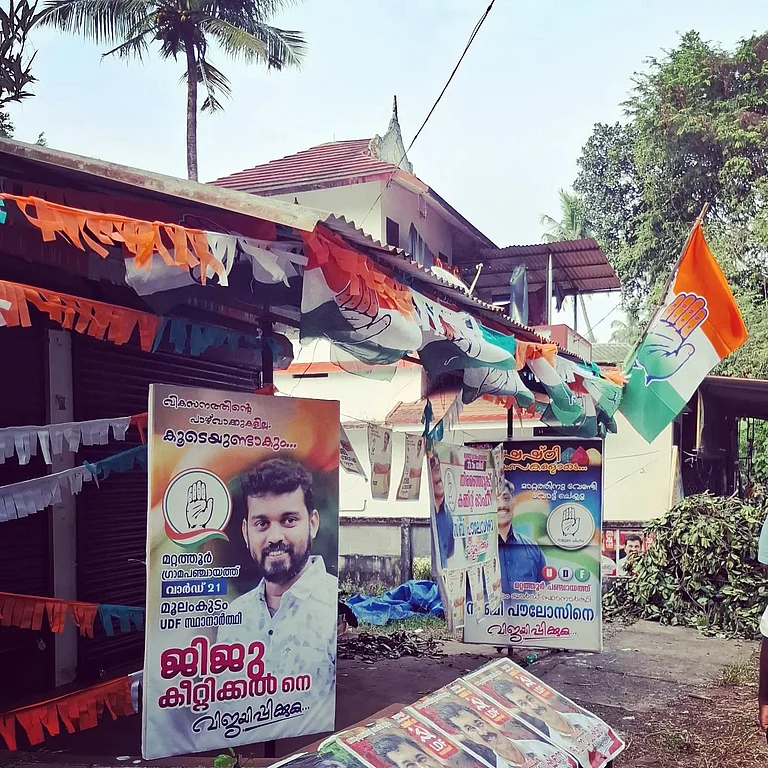Leave, for a moment, those telescopic shots—those world maps filled with red dots, the Covid Tracker popups spinning and dancing on your screen. Come to a close-up. A place where death is intimate, proximate…and the walls are white with fear. Where the littlest medical decision can mark a before-and-after in your life…can change whether the one who gave birth to you lives or not. Krishna, the daughter of 67-year-old Tushar Mehta*, was there a handful of weeks ago. Imagine the scene. Mehta is losing his battle to the deadly pandemic in a private hospital in Delhi. His daughter is making frantic calls to her acquaintances to make arrangements to shift him to a government hospital. Krishna is holding on to a hope, an idea. The government hospital offers one last avenue to life: it’s authorised to conduct Convalescent Plasma Therapy. Infusing antibodies harvested from a survivor’s blood…that could give her father a fighting chance.
In the bargain between life and death, Convalescent Plasma Therapy has emerged as a new buzzword in the absence of a preventive vaccine or effective treatment against COVID-19. It’s not a new idea, though, and has been around since the late 19th century. That was when physiologist Emil von Behring and bacteriologist Kitasato Shibasaburou arrived at the idea of using antibodies present in serum—another blood component—to fight diptheria. “In fact, the first Nobel Prize was given to Behring (in 1901) for the use of serum to treat diphtheria,” Dr Arturo Casadevall, a top US immunologist at Johns Hopkins, told Medical News Today. Case reports from the Spanish flu epidemic of 1918 indicate use of blood products from recovered patients may have cut fatalities in the severely ill by half. Dr Casadevall is now a steering figure in the National COVID-19 Convalescent Plasma Project, in which 57 institutions are collaborating. Early results from clinical trials on 12,000 patients had, by late May, offered a modicum of certainty on one crucial aspect: safety of use. A handful of other countries too are at the clinical trial stage, but the jury is still out on whether it will be a game-changer in fighting the deadly virus.
The treatment involves transfusing the blood plasma of a recovered patient into another patient. Plasma is the liquid part of your blood, 55 per cent of its total volume—yellowish in colour when separated, it holds the blood cells in suspension, and carries cells, proteins, minerals, blood-clotting factors and antibodies. That last element offers the rationale behind turning it into an instrument of therapy: the blood plasma of recovered patients contains significant levels of neutralising antibodies that, if transfused into the blood of a severely affected patient, can potentially strafe the virus out of existence. The century-old treatment—which has shown some results in treating measles, chickenpox and rabies over the decades—thus deigns to become part of the COVID-19 narrative.
A fortnight before India crested 2 lakh cases, with the first signs of a post-opening up spurt staring us in the face, the health ministry gave the green light for clinical trials to assess the safety and efficacy of plasma therapy. And the IICMR launched a multi-centre clinical trial in 21 hospitals across India—to be done on 452 patients—to find out whether plasma therapy can be recommended as a standard cure for COVID-19.
Does the established world of medicine look askance at it? Not very much on theory—it’s the turning of it into praxis that’s still a question. Experts point out that it’s too early to dub plasma therapy as a ‘silver bullet’ as it’s yet to be put through the litmus test of randomised controlled trials to prove its efficacy to treat any infectious disease. Dr S.K. Sarin, head of the Delhi government’s COVID-19 panel, expresses this qualified ‘opti-scepticism’ when he says at this juncture the therapy can only be seen as a short-term emergency aid until definitive treatments are found. “I would say it’s an experimental therapy. We are still in the process of finding out whether it’s good or bad. But the scientific basis of plasma therapy is very robust,” says Dr Sarin, who also heads the Institute of Liver and Biliary Sciences (ILBS).
Dr Anoop Kumar, a key member of the task force for plasma therapy set up by the Kerala government, too says more trials are needed. “It was used earlier with many diseases: including MERS, SARS and Ebola. But no randomised controlled studies have been done. It’s not a magical bullet for sure. There’s clinical evidence but it has to be properly grounded in trials,” says Dr Kumar, who was the first one to submit the protocol for plasma therapy to ICMR.
States like Delhi, Rajasthan and Maharashtra are keen to go ahead with the therapy and have some positive results to show too. However, the Union health ministry has said the treatment should be done only on trial basis and warned against indiscriminate use. Delhi’s LNJP, one of the first government hospitals to get the nod from ICMR, has already undertaken 20 clinical trials. “The results have been encouraging so far,” says J.C. Passey, former medical director, LNJP. The largest Covid hospital in the capital, LNJP has already treated over 2,500 patients.
In Sawai Man Singh (SMS) Medical College, Jaipur, too, the trials have shown promise, as they proceed under a protocol set by ICMR and with the permission of the Drug Controller General of India (DGCI), the sanctioning authority for blood/blood products. “So far, we have conducted three successful plasma therapies and all of them are showing improvement in their clinical state, oxygen saturation and d-dimer levels,” says Dr Sudhir Bhandari, principal and controller, SMS. The d-dimer is a protein in the blood; a four-fold spike is strong predictor of mortality.
But the risks are being discussed too. Reports of a doctor’s death in UP and another from Maharashtra after infusion of plasma have cast a shadow on the prospects of the therapy. Experts, however, say more conclusive studies are needed to correlate the deaths and the treatment to rule out the post hoc fallacy. “It may be a coincidence and may have happened even without plasma therapy. We do not have strong correlative evidence. Plasma is given only to fit candidates,” says Passey. Patients with extensive co-morbidities such as heart problems, uncontrolled diabetes or cancer patients are not selected for the trial.
That brings up the question of the eligibility criteria of donor and receiver. Experts say the donors need to have tested positive for COVID-19 and then completed two to four weeks without any symptoms. In terms of the receiver, there’s a debate about when a patient must receive plasma. Dr Sarin recommends that it be administered before the patient goes onto the ventilator. He explains that the virus attacks in three stages—in stage one, it multiplies; in stage two, the infection spreads to the lungs; the last stage sees organ failure. “Plasma therapy should not wait till the third stage. It’s good to give in the early stages so you can protect other organs and avoid injury. The basic idea of plasma therapy is to reduce the viral load and stop organ failure,” he says. Dr Anoop Kumar also stresses on timing: “You have to infuse the plasma in proper time. So availability must be ensured.” That last has not yet been a bottleneck, says Dr Passey. “There’s no scarcity of donors; most survivors are willing to donate plasma as their moral responsibility. We have a reserve of plasma from 700 donors,” he adds. Doctors also cite the fact that plasma therapy is relatively economical: a donor weighing 70 kg can donate 800 ml of plasma.
However, Dr Kumar says the therapy needs to score more on the efficacy part. “None of the trials has shown any potential risks, but it hasn’t shown any promising efficacy either. Not having a risk is not an argument to use a drug. We should be able to establish its effectiveness as well, either in terms of mortality benefit or in terms of thwarting complications,” he says. Timing, he reiterates, is crucial to fine-tune our understanding. “In a majority of cases, the therapy is being used after the patient lands on a ventilator in bad shape. It may not work in those cases.” Tushar Mehta, tragically, was among those—he was too far gone by the time plasma was administered. A grim vignette from a global crisis that should only goad medicine across new frontiers.
Vox PoP

Dr. Larry Brilliant
aka Subrahmanyum. American epidemiologist, instrumental in eradicating small pox in the 70s.
“I would just like my beloved friends in India to remember that it was Indian doctors and Indian epidemiologists that eradicated smallpox and also who eradicated polio from India and amazing Indian ophthalmologists at Aravind (the eye hospital in Madurai) and Hyderabad that have given back sight to millions. Surely, great Indian doctors and epidemiologists will rise to the occasion and help defeat the scourge of Covid as well!”
(*Name changed)


























